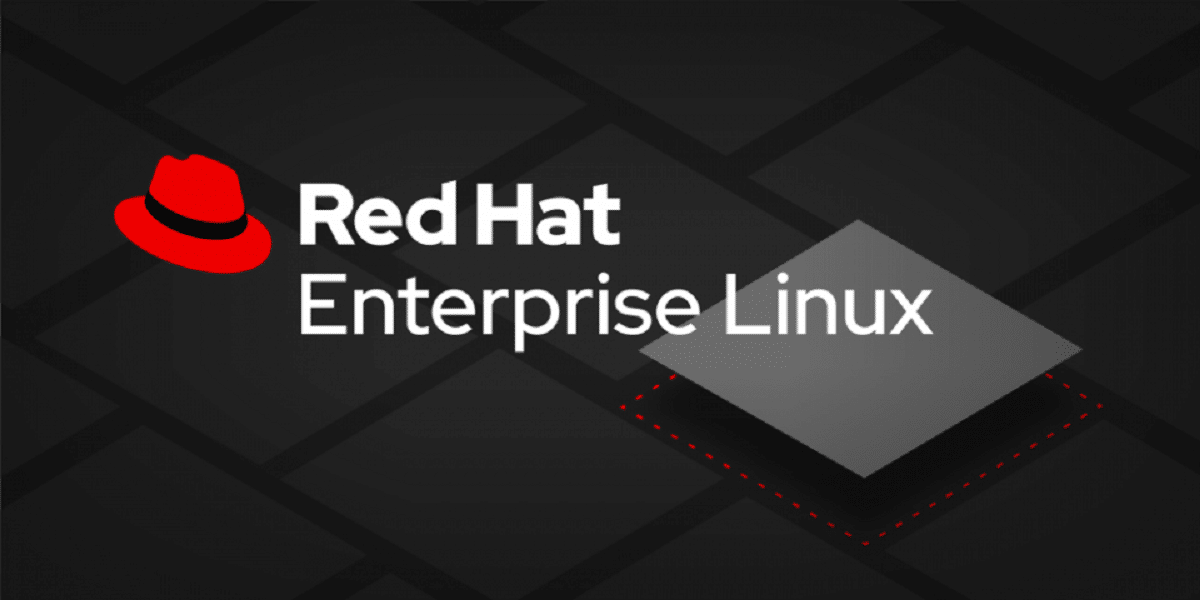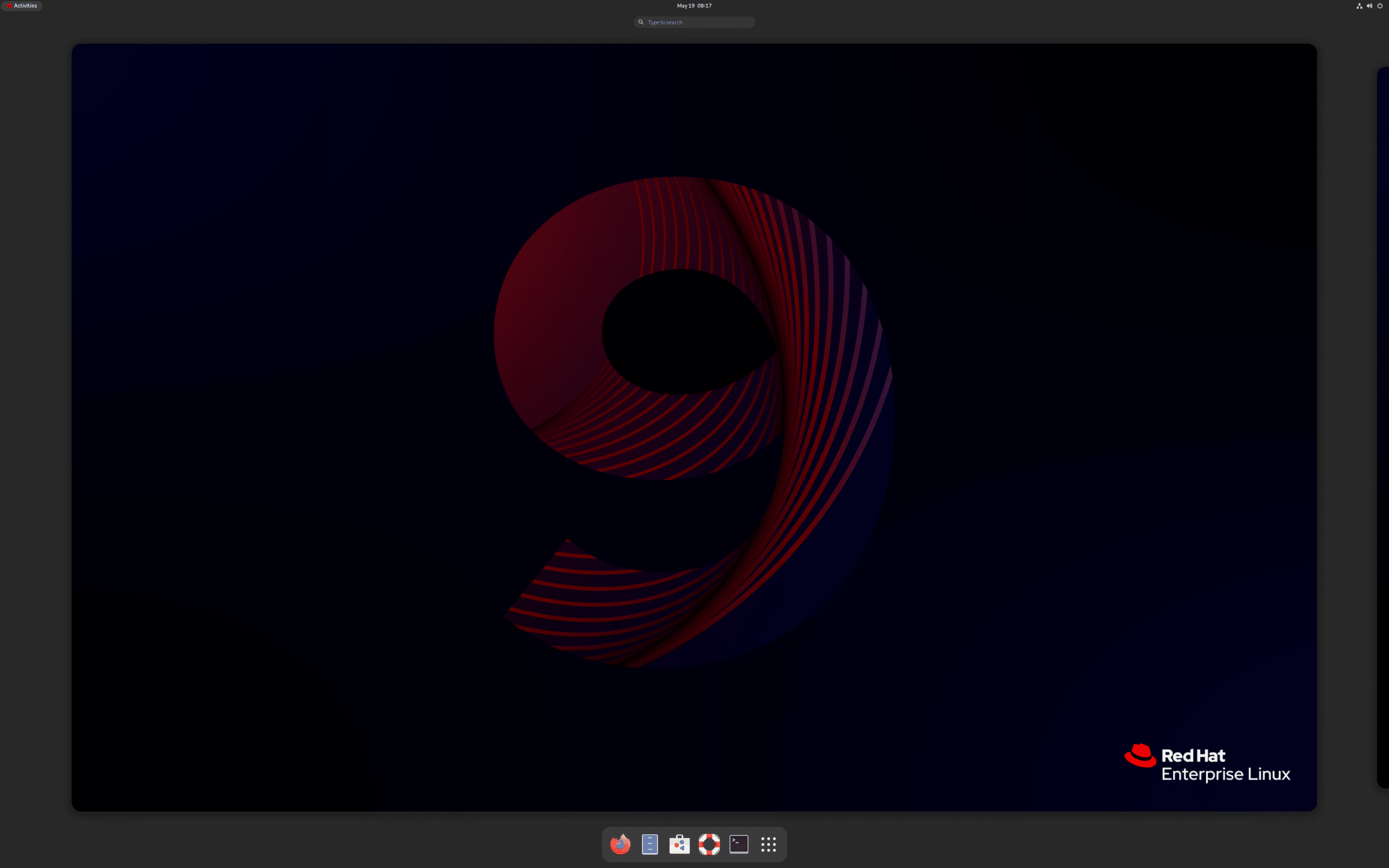
Red Hat Enterprise Linux also known by its acronym RHEL is a commercial distribution of GNU/Linux developed by Red Hat
Red Hat unveiled recently, the launch of the new version of your distribution Red Hat Enterprise Linux 9.2, which sees the RHEL 9 branch continue to evolve with a more open development process and builds on the foundation of the CentOS Stream 9 package.
According to the 10-year support cycle for the distribution, RHEL 9 will be maintained until 2032, besides that it is also worth mentioning that at the same time, an update to the previous branch of RHEL 8.8 is presented, which is scheduled for release on the coming days (currently only a beta version is available).
What's New in Red Hat Enterprise Linux 9.2
In this new version that comes from RHEL 9.2, GTK 2 and related packages adwaita-gtk2-theme, gnome-common, gtk2, gtk2-immodules and hexchat have been deprecated. The previous version also deprecated the X.org server (RHEL 9 defaults to a Wayland-based GNOME session), which is planned to be removed in the next major branch of RHEL 10, but retains the ability to run X11 applications from a Wayland session using a DDX x wayland server.
Another change that stands out is that DNF implements the offline-upgrade command to apply updates to the system in offline mode. The essence of offline updating is that the first new packages are downloaded using the command «dnf offline-upgrade download", after which the command " is executeddnf offline-upgrade reboot» to reboot the system in a minimal environment and install available updates on it without interfering with work processes.
In RHEL 9.2 the cryptographic library of NSS no longer supports RSA keys smaller than 1023 bits (both for digital signatures and encryption), in addition to NetworkManager which has support for load balancing across the combined Ethernet interfaces, loopback interface management, IEEE 802.1X for authenticated access to switch ports, ECMP (equal cost multiple path), 802.1ad (VLAN stacking, nested headers, and substitution of multiple VLAN tags in a single Ethernet frame).
Of the RHEL-specific changes to NetworkManager, noted: Simplification of DNS configuration management when connecting to multiple networks with different DNS servers, a new option vlan.protocol, the ability to configure VLANs for unmanaged stateful network interfaces, supporting MPTCP (Multipath TCP) configuration.

RHEL Capture
It is also noted that a new synce4l package to use SyncE frequency synchronization technology (Synchronous Ethernet) Supported by some network cards and network switches, which can improve communication efficiency in RAN (Radio Access Network) applications due to more accurate time synchronization.
The nmstate package, which is provided by the library and the nmstatectl utility to manage network configuration via a declarative API (network state is described in the form of a predefined schema), you now have the ability to specify local IPv6 addresses as DNS servers and added support for MPTCP flags.
The eBPF subsystem (Berkeley Packet Filter) carries improvements implemented in Linux kernels 5.17, 5.18, 5.19 and 6.0. For example, all functions using the BTF mechanism are now available (BPF type format). Among other things, added support for CO-RE (Compile Once - Run Everywhere), which allows to compile the code of eBPF programs only once and use a universal loader special that adapts the loaded program to the current kernel and BTF Types, which solves the portability problem of compiled eBPF programs, which previously could only be used on the kernel version for which they were built.
The capabilities of the tuna, rteval and slat utilities have been expanded. For example, tuna has a new command line interface for changing kernel and application attributes, interrupts, and tasks.
Of the other changes that stand out:
- In firewalld, added support for failsafe boot mode, which allows, in case of problems with the specified rules, to return to the default settings without leaving the host unprotected.
- Added services with support for Kodi JSON-RPC, EventServer, netdata, IPFS protocols.
- Clevis, which is used to automatically encrypt and decrypt data on disk partitions, offers the "-e" option to allow the use of an external token instead of entering a password for cryptsetup.
- Added SELinux policies to protect mptcpd and udftools services.
- Added SELinux policy to reset Rsyslog privileges at startup (Rsyslog now uses only minimum required privileges).
- In the kernel, by dumping information about a detected SYN flood in the registry, information about the IP address that received the connection is provided to simplify determining the destination of the flood on systems with controllers bound to different IP addresses.
- Added support for automatic deletion of expired certificates (for example, for ACME Let's Encrypt certificates, you can specify "ipa-acme-manage pruning --enable --cron "0 0 1 * *")
- The web console includes a new, unified set of tools for creating system drawings and images.
- Added support for automatic unlocking of encrypted root partitions (LUKS) using NBDE.
- Added support for automatic forwarding to guest systems of connected cryptographic devices during operation (not available at guest system boot time).
Finally, if you are interested in knowing more about it, you can consult the details In the following link.
download get
For interested and have access to the Red Hat customer portal, you should know that this version is designed for x86_64, s390x (IBM System z), ppc64le and Aarch64 (ARM64) architectures. The sources for the Red Hat Enterprise Linux 9 rpm packages are located in the CentOS Git repository.
Ready-made installation images are available to registered users of the Red Hat Customer Portal (you can also use CentOS Stream 9 iso images to evaluate functionality).